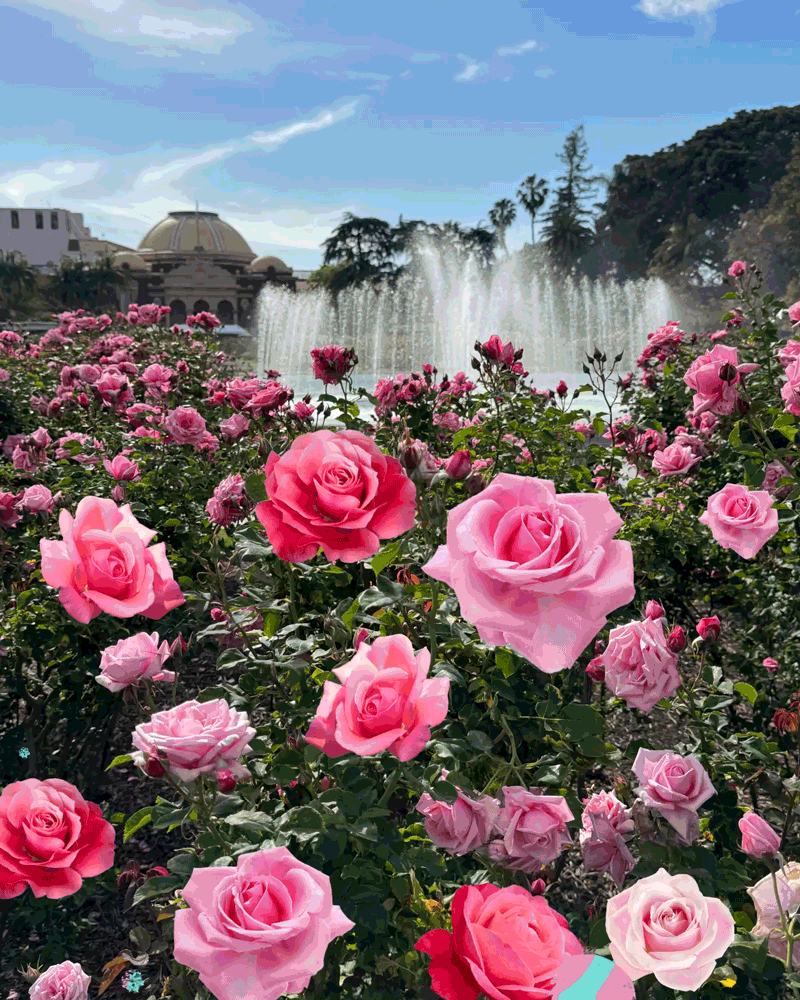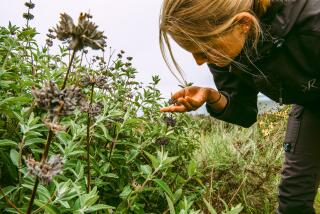At the Newly Refurbished U.S. Botanic Garden, the Plants Come First
- Share via
WASHINGTON — WASHINGTON -- Spray nozzles hiss high in the new Garden Primeval at the United States Botanic Garden on the Capitol grounds, and moments later a fine fog tickles your face.
This is one of the many delightful experiences at the restored botanic garden, which opens Tuesday after a four-year, $33.5-million restoration. This is also the first time the main conservatory--the Palm House--can be enjoyed in almost a decade, reglazed in its 1930s Deco style. (The old one was taken down in 1992 before it could fall down; the whole conservatory was closed in 1997.)
But make no mistake: The fog-like mist is not for the benefit of visitors. “The needs of the plants come before anything else,” said Holly Shimizu, the executive director. “This isn’t a building; it’s a glass house, a place for plants.”
Such zeal is understandable. Even if the old 1930s conservatory had not been decayed, it wasn’t the best place for housing a national treasure of exotic plants. Vents were cranked by hand, heating was all or nothing, there was no air conditioning, and humidity was provided via a garden hose.
Although the rebuilt houses look much as they did before, if spiffier, the updated climate-control system is as much the star of the new garden as is the sparkling Palm House, recast as a rain forest moving in on an abandoned plantation.
The computerized heating, cooling, shading and humidifying system includes a weather station atop the conservatory and an impressive array of boilers and air conditioners in its new cellar.
This permits each of the dozen different glasshouses its own finely tuned climate. This precision, combined with young plants (70% are new), fresh soil, and air and light, provides a botanic garden of immeasurable potential and delight.
It also has produced a better botanic garden, driven not by a need to decorate with greenery and flowers but to create plant ecologies and collections that are far more scientifically accurate, said Shimizu.
“You exhibit things to tell a story, you’re not just stuffing a room full of objects. It’s critical we tell a story in each house. Now we have that ability.”






